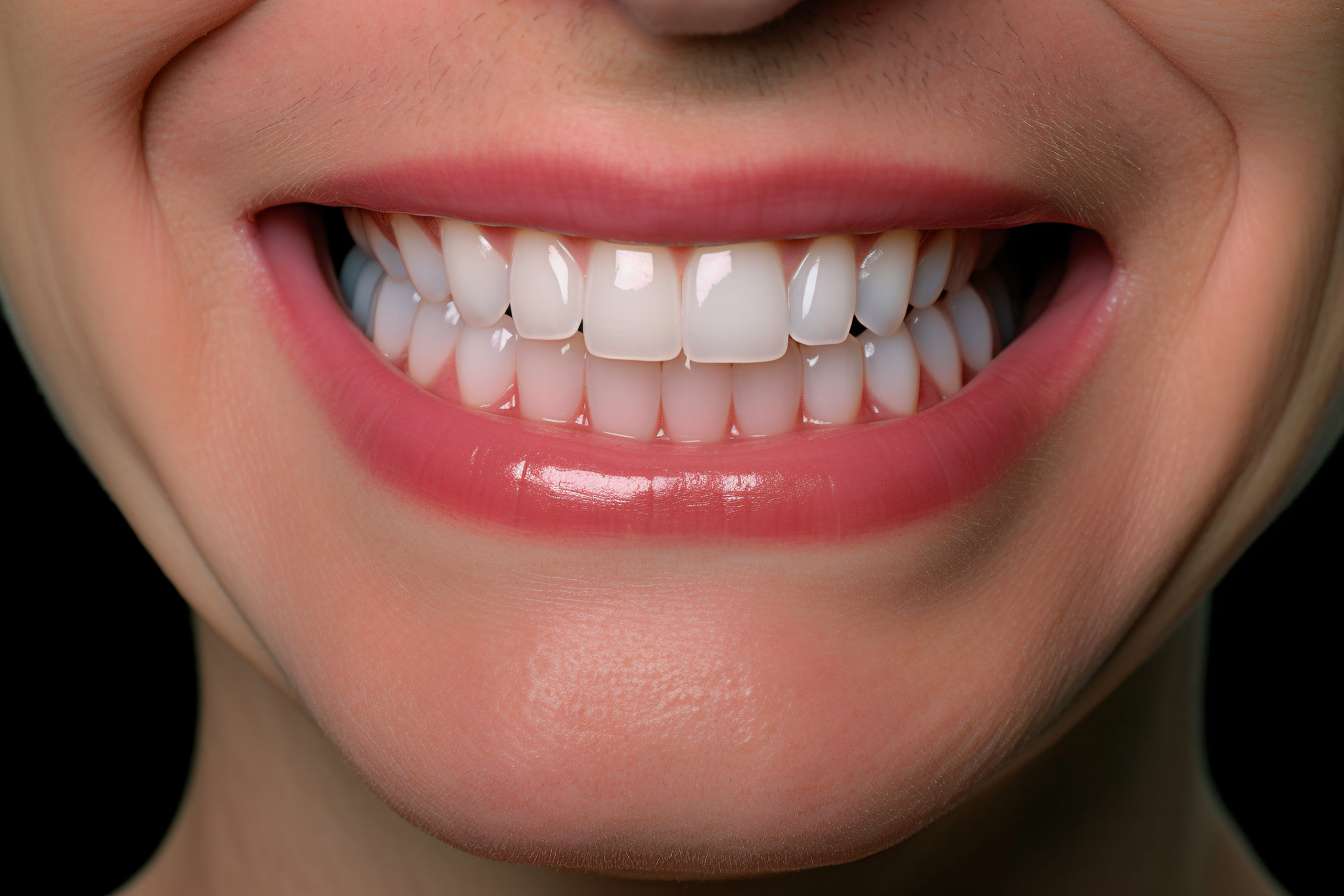Unlocking the Potential of Mindful Movement: A Modern Approach to Holistic Health
In our fast-paced modern world, it's easy to forget the importance of slowing down and focusing on our bodies' natural movements. Enter: Mindful Movement - a holistic health approach that combines mindfulness and physical activity to promote overall well-being. This practice goes beyond traditional fitness methods, emphasizing the mind-body connection and its role in health and wellness.

The Foundation of Mindful Movement
Mindful Movement has roots in ancient practices such as yoga, tai chi, and meditation. However, it has gained momentum in the Western world as a response to our increasingly sedentary and stress-filled lives. Instead of focusing on the quantity of movement (like the number of steps taken or calories burned), Mindful Movement prioritizes the quality of movement, emphasizing body awareness, intention, and attention to detail.
The Science Behind the Practice
Various studies have highlighted the potential benefits of Mindful Movement. Research published in the Journal of Physical Activity and Health found that mindful movements, particularly yoga and tai chi, can reduce stress, improve mental health, and enhance quality of life. Another study in Frontiers in Psychology suggested that Mindful Movement could help improve cognitive function, particularly attention and memory.
The Pros and Cons
Like any wellness strategy, Mindful Movement has its benefits and challenges. It encourages practitioners to slow down, cultivate self-awareness, and create a stronger mind-body connection. This can lead to improved mental health, reduced stress, and better physical health. However, it can be challenging for those accustomed to high-intensity, goal-oriented workouts. It requires patience, practice, and a willingness to step out of one’s comfort zone.
How to Incorporate Mindful Movement
There are many ways to incorporate Mindful Movement into your routine. You could start with a form of movement you’re already familiar with, such as walking, and focus on being fully present throughout the activity. Yoga and tai chi classes can also be excellent places to start. Remember, the goal is not to perfect a pose or movement but to pay attention to how your body feels.
Considerations for Your Mindful Movement Journey
-
Start Slow: Don’t rush into a full-on Mindful Movement regimen. Begin with a few minutes each day and gradually increase the time.
-
Be Present: The key to Mindful Movement is being fully present. Focus on each movement, observing how your body feels.
-
Patience is Key: It might be challenging initially, but with patience and practice, you’ll start to notice the benefits.
In conclusion, Mindful Movement offers a unique approach to wellness that emphasizes the mind-body connection and the quality of movement. It’s not about how much you move; it’s about how you move. And in a world that often values speed over substance, that’s a refreshing perspective that can lead to genuine, long-lasting improvements in health and well-being.






